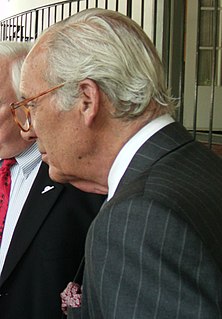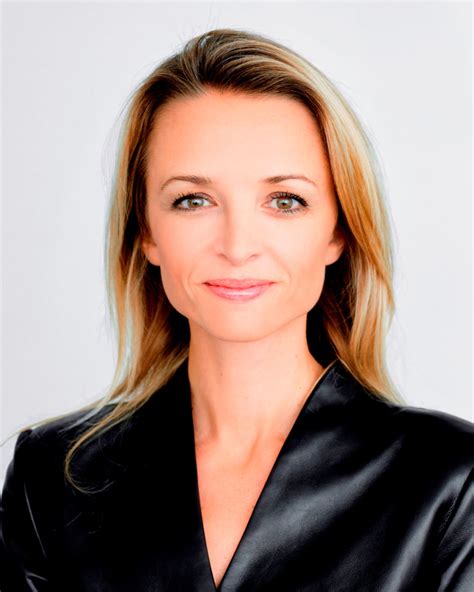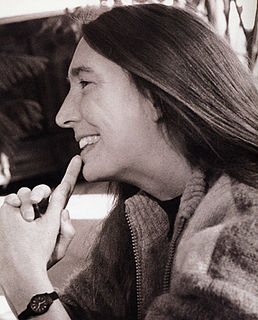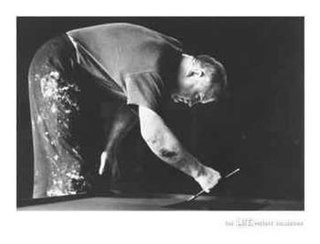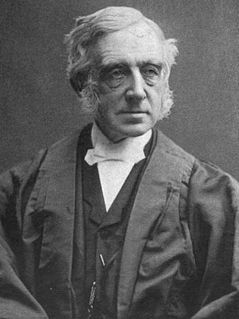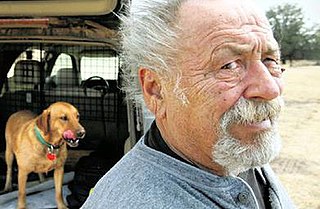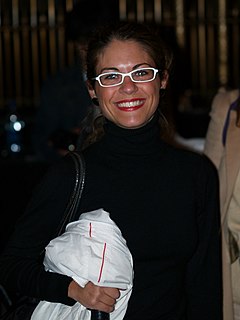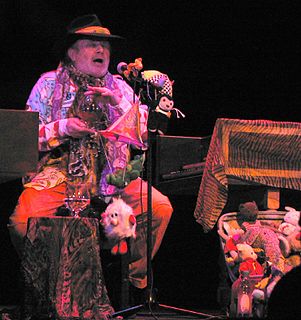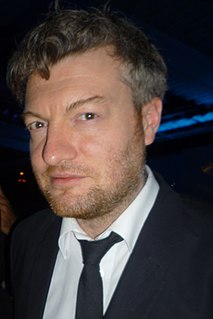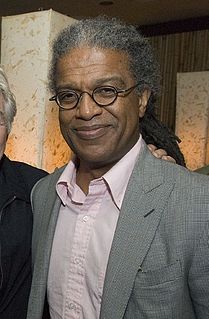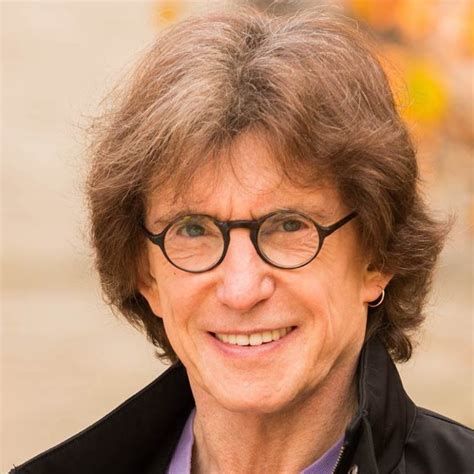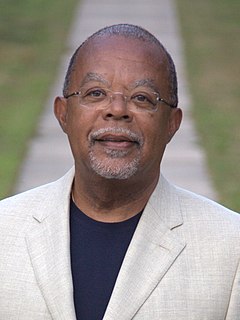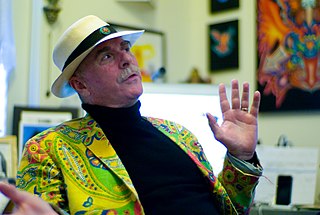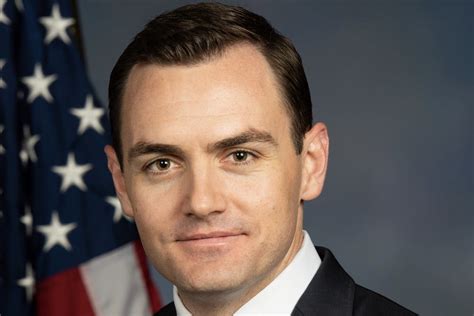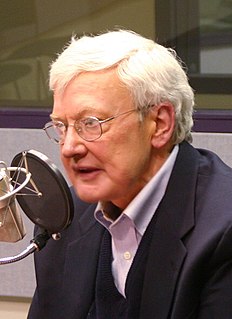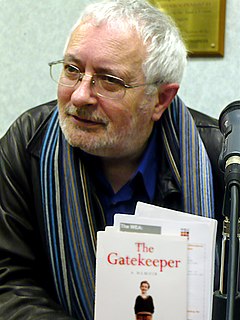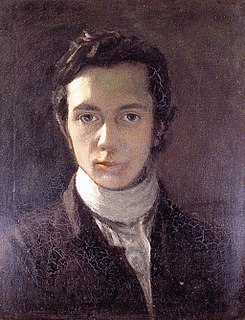A Quote by Jerry Saltz
I'm noticing a new approach to art making in recent museum and gallery shows. It flickered into focus at the New Museum's 'Younger Than Jesus' last year and ran through the Whitney Biennial, and I'm seeing it blossom and bear fruit at 'Greater New York,' MoMA P.S. 1's twice-a-decade extravaganza of emerging local talent.
Related Quotes
'Summer of Love: Art of the Psychedelic Era,' the Whitney Museum's 40th-anniversary trip down counterculture memory lane, provides moments of buzzy fun, but it'll leave you only comfortably numb. For starters, it may be the whitest, straightest, most conservative show seen in a New York museum since psychedelia was new.
My education in the arts began at the Cleveland Museum of Art. As a Cleveland child, I visited the museum's halls and corridors, gallery spaces and shows, over and over. For me, the Cleveland Museum was a school of my very own - the place where my eyes opened, my tastes developed, my ideas about beauty and creativity grew.
A new year is upon us, with new duties, new conflicts, new trials, and new opportunities. Start on the journey with Jesus--to walk with Him, to work for Him, and to win souls to Him. The last year of the century, it may be the last of our lives! A happy year will it be to those who, through every path of trial, or up every hill of difficulty, or over every sunny height,, march on in closest fellowship with Jesus, and who will determine that, come what may, they have Christ every day.
Fashion went from being much more rarefied to being more accessible. Now everything is changing in the art world, too: even the highest level of institutions are becoming more aware of the general public, like the McQueen exhibit at the Metropolitan or the Tim Burton at the MoMA or how the Gagosian does historic Picasso shows, bringing museum quality into a gallery. Galleries are becoming more like museums, and museums are becoming more accessible. In the next decade, I think it'll be blown open: there will be a lot of shifting around in terms of how artists approach their work.
I found so much fun in the light shows and the multimedia shows of the hippies. That was when I was a student in the 1960s, and I was in New York, so I learned how to deal with writing, recording sound of other people, performance art - because that was a new territory, and I liked everything that was new and provocative. That interested me more than becoming anything specific.

